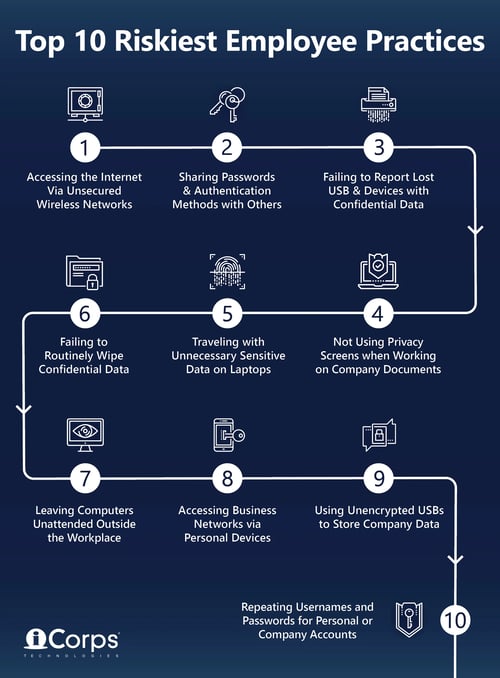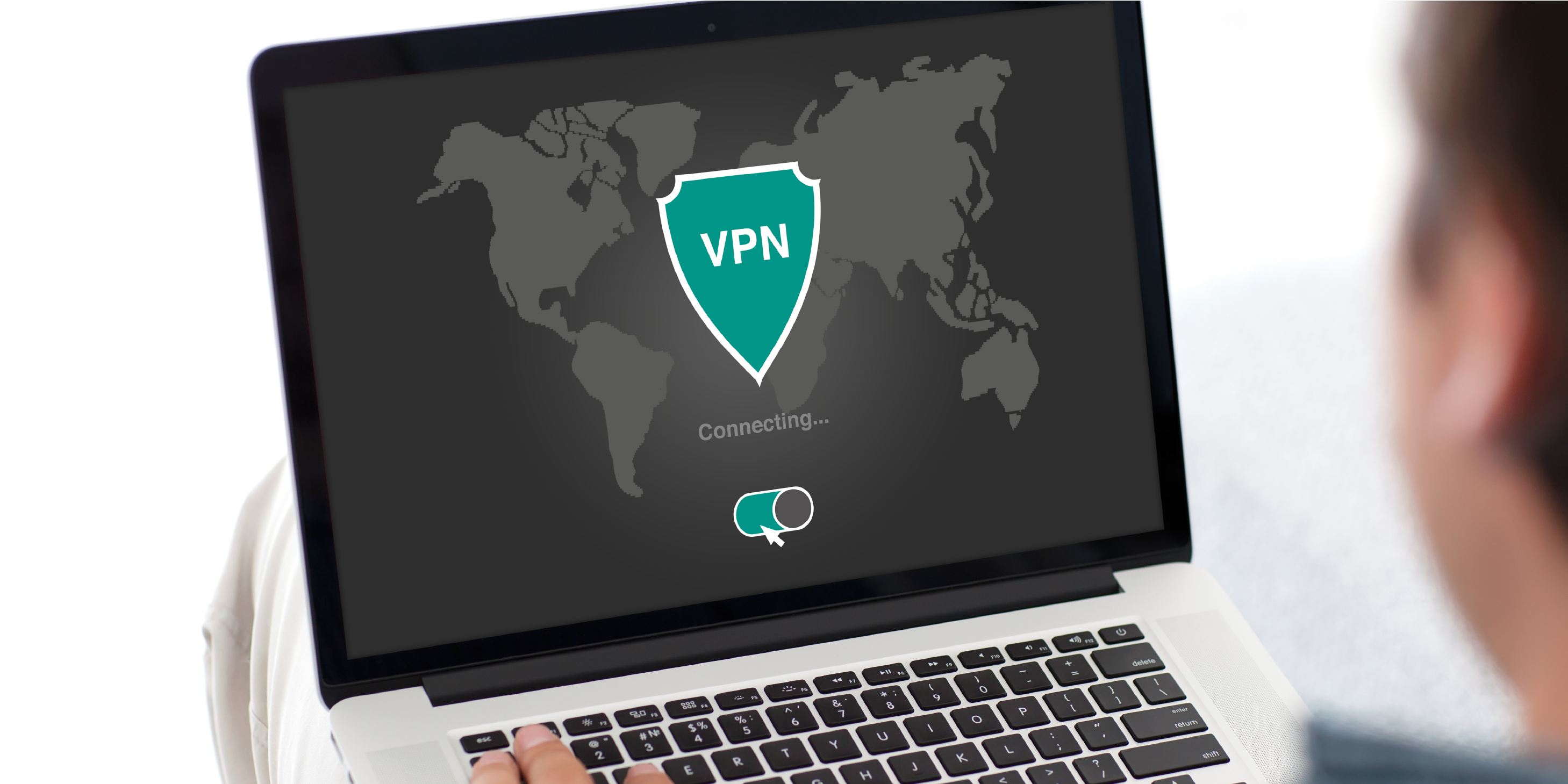Your employees play a critical role in either reinforcing or undermining your organization's security efforts. End-users have traditionally posed the largest attack surface to businesses, and the stakes are higher than ever for employees and their companies. With the rise of remote and hybrid working environments, cybercriminals are increasingly exploiting vulnerabilities, and businesses of all sizes are feeling the impact. If you haven't already, it's essential to provide your employees with security training that covers best practices. Creating effective employee training requires expertise in identifying blind spots, engaging your audience, and tailoring content to your industry's specific needs.
3 Ways to Create an Effective Employee Cybersecurity Training Program:
1. Drive User Engagement
While there are many ways to promote a more cyber-secure working environment, these are our top four recommendations for improving employee engagement and retention:
-
Phish Employees
- By mass spear phishing staff, you can gauge your employees' ability to discern genuine email content from malicious attachments. With custom reporting metrics, you can assess the overall risk to your network and design solutions from there.
-
Personalize Security Training
- When presenting cybersecurity training, emphasize that these are transferable skills. If employees use secure practices on their home computers and phones, they will be more likely to do so at work. Emphasize that their personal data is just as valuable to cybercriminals as their corporate content.
-
Reward Staff for Security Awareness
- Measure end-user cybersecurity awareness and participation. Reward staff members who follow best practices and incentivize others to improve their security habits.
-
Engage Your Marketing Team
- Ask your marketing team to leverage social media platforms and internal distribution lists to share helpful security content. From short instructional videos to concise how-to guides, there are numerous ways to boost engagement with creative content.
2. Address Common Employee Security Misconceptions
When it comes to cyber threats, it can be difficult to separate fact and fiction. Stories of immense data breaches and inventive hacks muddy the water of what is and isn't possible in the world of cybercrime. This creates its own unique challenge: employees are overly cautious about non-existent or misunderstood threats and lax when it comes to real ones. Here are five of the most common security misconceptions:
-
Proximity Leads to Infection
- 14% of employees believe that if their computer or mobile device was close to one infected with malware, theirs could also become infected. 39% also believe leaving their computer unlocked could result in a malware infection.
-
You Can Store Sensitive Data Anywhere
- 69% of employees don't think storing personal data on their work devices would violate company security policies. Additionally, 58% don't believe storing on-site company data in unsecured locations would violate their policies.
-
You Don't Have to Encrypt Data
- Half of employees surveyed believe there is little risk in having unencrypted data on their work devices. This is surprising, given that a lack of encryption is one of the main drivers for data breaches.
-
Authentication Isn't Necessary
- 32% of employees believe there is little risk associated with not password-protecting their laptop or mobile devices.
-
Compliance Isn't Employees' Responsibility
- Most employees don't know which regulatory frameworks impact their business. MediaPro found that 62% don’t know if their organization needs to be compliant with the California Consumer Privacy Act, while 66% did not know if their organization needs to be compliant with the Payment Card Industry Data Security Standard. Employees don't need to be compliance experts, but they should have a basic understanding of their company's respective privacy regulations and guidelines.
- Most employees don't know which regulatory frameworks impact their business. MediaPro found that 62% don’t know if their organization needs to be compliant with the California Consumer Privacy Act, while 66% did not know if their organization needs to be compliant with the Payment Card Industry Data Security Standard. Employees don't need to be compliance experts, but they should have a basic understanding of their company's respective privacy regulations and guidelines.
3. Recognize the Cost of Poor Security Training
Email is still the most common vector for security incidents such as ransomware, business email compromise, and brand impersonation scams. Even before Covid-19, businesses were struggling to secure their email. In Mimecast's 2020 "State of Email Security", researchers found that:
- 97% of respondents have been targeted by email-based phishing attacks.
- 59% of respondents singled out email-based threats as their biggest challenge.
- 76% expect an email-borne attack to have serious consequences for their organization in the coming year.
- 39% don't have a system to address email-borne attacks like malware and malicious links in outbound emails, and 44% aren't protecting against data leaks or exfiltration in outbound emails.
The vast majority of companies have seen a stable increase in web and email spoofing threats, phishing attacks, and downtime following a security event. However, over half do not provide awareness training regularly. If more than a quarter of employees struggle to identify phishing attacks, and three in five can't identify a social engineering attack, it's only a matter of time before they click something they shouldn't. When that happens, will your business be able to afford the data loss, downtime, and reputational damage? For more information about creating a custom training campaign or email security best practices, contact iCorps for a free business IT consultation.

![[BLOG] IT Support, Security & Managed IT Services](https://www.icorps.com/hubfs/2022%20Webp%20Image%20Files/Hero%20Images/New%20Upright%20Hublox%20webp.webp)
![[SPECIAL OFFER] Custom Cybersecurity Training For Your Employees](https://www.icorps.com/hs-fs/hubfs/%5BSPECIAL%20OFFER%5D%20Custom%20Cybersecurity%20Training%20For%20Your%20Employees.png?width=600&name=%5BSPECIAL%20OFFER%5D%20Custom%20Cybersecurity%20Training%20For%20Your%20Employees.png)





